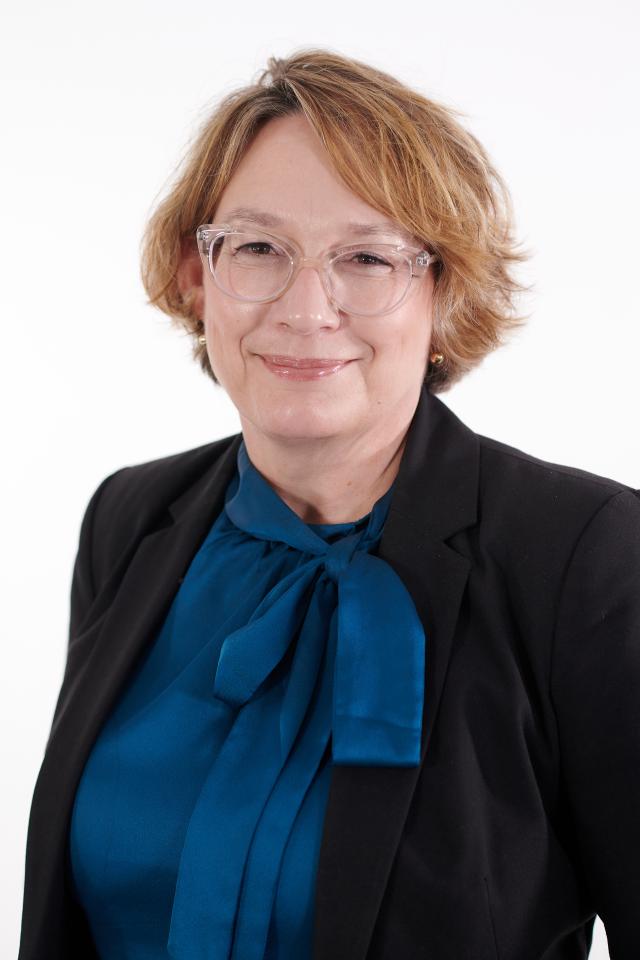
By Cam Lucadou-Wells
Greater Dandenong councillors warn that residents are set to be locked out of planning decisions that shape their neighbourhoods.
The State Government’s Housing Statement – a major shake-up of housing and planning across the state – sets a target of 800,000 new homes over the next decade with affordable housing quotas and fast-tracked planning approvals.
“We’re not building enough houses right now. We have to have more supply,” Premier Daniel Andrews said on Wednesday 20 September.
“More housing supply means lower prices.”
Under the reform, the Planning Minister will usurp planning powers from councils for $50 million-plus housing projects.
The assessment process will take just four months if developers provided 10 per cent affordable housing.
When asked whether he was reducing local democracy, he noted that the State Government was “democratically elected too”.
Mr Andrews said the aim was to clear a backlog of 1400 planning applications “gathering dust” with councils for more than six months.
However, according to Municipal Association of Victoria, councils aren’t to blame.
It claims that councils approved 120,000 housing permits on which construction still hadn’t started.
Greater Dandenong councillor Rhonda Garad said councils were approving about 90 per cent of applications on time.
Building delays were instead being caused by other factors.
“It’s hard to get building finance now – that’s the biggest reason … along with feasibility issues, materials and getting tradies.”
She was concerned about the long list of exemptions for developers to dodge the 10 per cent affordable housing quota, the impact on open space, the lack of detail on ESD and the ability of residents to “push back” against inappropriate development.
Councillor Tim Dark was worried about the Government potentially fast-tracking housing projects at Sandown and the Maralinga and Southside vacant school sites.
Sandown’s owner Melbourne Racing Club is exploring the creation of a new suburb of 16,000 residents. But the surrounding roads and infrastructure were already under pressure, Cr Dark says.
“I’m concerned that Sandown is likely to be called in and approved by the Planning Minister.”
Cr Dark fears the State Government would be able to “approve whatever they like” and “without consultation of stakeholders including the community”.
He cited Planning Minister Sonya Kilkenny’s recent approval of a six-storey apartment at 51A Douglas Street Noble Park – without considering the “detrimental impacts on neighbourhood amenity”.
“It’s their way or the highway.”
South East homelessness service Wayss described the Housing Statement as the most significant housing policy direction in this state for decades.
“But without careful consideration of our most disadvantaged, this group may miss out,” Wayss homelessness and housing general manager Shari McPhail said.
“We need to work with government to ensure that the 800,000 homes to be built over the next decade are targeted in the right areas to help alleviate the growing number of people experiencing homelessness.”
Ms McPhail says attention needs to go to the South East growth corridor’s “neglected“ public and community housing stocks.
“Officer South, Casey Fields and Clyde South have been named as part of the Precinct Structure Plans and new housing and jobs, however what this means for increasing the supply of social and affordable housing is yet to be understood.”
She said the lack of mandatory inclusionary zoning was a “missed opportunity”.
“The inclusion of mandatory zoning would guarantee increased supply of social and affordable housing in all developments.”
Wayss welcomed rental reforms such as the ban on rental bidding, restricting rent increases between successive rental agreements and allowing transferable bonds.
The $2 million Rental Stress Support Package would help Wayss divert people from homelessness by keeping them in their rental properties.
South East Community Links chief executive Peter McNamara said rent rises and interest rate hikes were the No. 1 reason for people seeking emergency relief.
“The rent regulations are a fantastic move.
“We see far too many people pushed into homelessness and hardship due to excessive rent rises and rental bidding. It’s been out of control.”
He said rezoning surplus government land for housing was a “no-brainer”.
“There’s no use sitting on vacant and under-used Government land during a housing crisis.”
But there needed to be a “voice of the community sector” imbedded.
“We have seen far too many residents of Casey and Cardina suffer unnecessarily due to poor planning when it comes to logistic and essential services planning such as public transport access, digital inclusion and access to basic services.”
The Housing Statement also imposes a 7.5 per cent charge on short-stay accommodation customers. The levy will apply to about 36,000 short-stay accommodations and replace similar charges from local councils.






